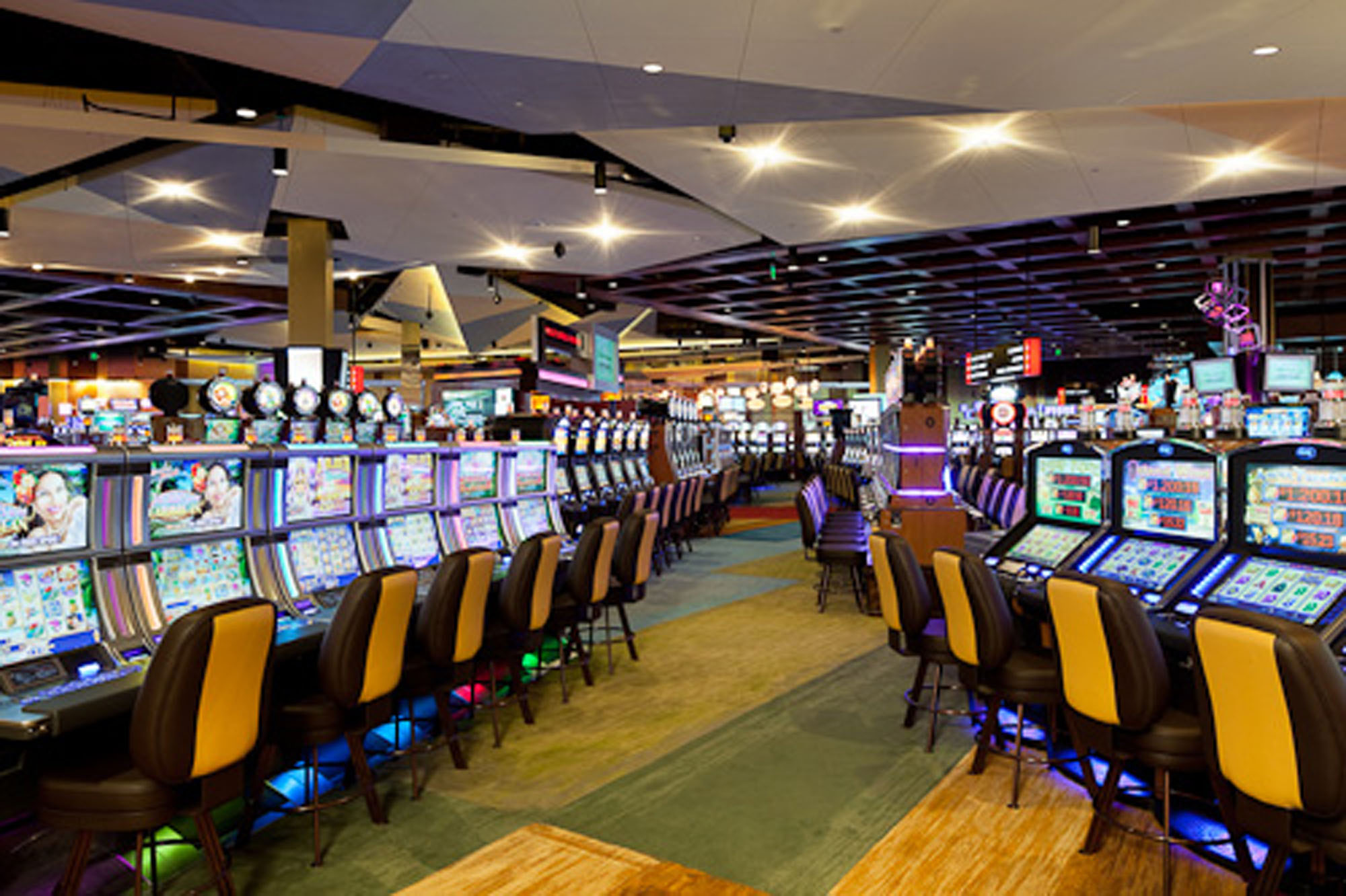How Gaming Establishments Employ Color and Design to Draw Participants
- innovationdrive.se
- 0
- Posted on

In the lively and thrilling world of casinos, where fortune and strategy intertwine, color and aesthetic play a pivotal role in drawing in gamblers. From the moment visitors step inside a casino or log into a gaming website, they are enveloped in a sightly feast that grabs their attention and lures them to discover further. Vivid colors, captivating graphics, and creative layouts are meticulously crafted to create an atmosphere of thrill and anticipation, ultimately enhancing the gaming experience.
As players move through the dynamic landscape of casino games, they encounter a range of designs that not only serve visual purposes but also affect feelings and choices. Hues like red and yellow symbolize wealth and fortune, while calm navy and greens can create a more tranquil environment. Grasping how these elements work together enables casinos to create an welcoming and stimulating atmosphere that encourages players to interact with the games, spend additional time at the tables, and increase their general enjoyment.
The Study of Color in Casino Games
Color plays a key role in the development of gambling games, affecting player emotions and responses. Lively and striking colors, such as crimson and yellow, are often used to ignite enthusiasm and draw focus. These hues create a sense pressure and dynamism, encouraging players to involve themselves more readily with the activity. By thoughtfully selecting hues, developers aim to elicit emotions of pleasure and anticipation, which can enhance the complete gaming experience.
Different hues also have psychological meanings that can impact how gamblers perceive their odds of victory. For instance, green is frequently associated with luck and wealth, making it a frequent choice in games like roulette and poker games. This link can result gamblers to feel more hopeful and self-assured in their gaming, ultimately motivating them to bet more. Understanding these associations allows game developers to design environments that enhance player satisfaction and loyalty.
Moreover, the interface of casino game interfaces often utilizes gradients and differing shades to guide players’ actions. For case, successful results may be emphasized with bright, contrasting shades, creating a visual reward. This approach strengthens positive outcomes and encourages repeated participation. By leveraging the psychology of color, casinos can create games that not only captivate players but also maintain them engaged and committed in their game experience.
Creative Features that Engage Gamers
The aesthetic appeal of casino games is primarily influenced by the use of bold colors. Bright and striking colors are deliberately chosen to create an inviting atmosphere that captures attention. For example, reds and golds often signify luck and prosperity, which is why they are common in the color schemes of gaming machines and game surfaces. These colors not only draw players in, but they also stir emotions related to thrill and anticipation, enhancing the total gaming experience.
In parallel to color, the design and organization of casino games play a crucial role in captivating players. 78WIN Games are designed to be user-friendly, ensuring that players can easily understand the guidelines and gameplay. User-friendly interfaces, along with captivating graphics and animations, help maintain player interest and encourage longer play sessions. The physical elements, such as the texture of the buttons and the audio of the games, also contribute to a holistic sensory experience that keeps players immersed.
Finally, conceptual elements in game design can significantly influence player choice. Many gambling games are inspired by popular culture, myths, or adventure themes, featuring symbols and characters that resonate with players. These themes create a sense of engagement and relatability, making each game feel unique. When players feel a connection to the concept, they are more likely to choose that game over others, leading to increased participation and enthusiasm within the gambling environment.
Case Studies: Effective Casino Slot Designs
One noteworthy example of effective gambling game design is the popular slot machine series themed around blockbuster movies. Games such as those based on the Wizard of Oz and Game of Thrones utilize bright colors and top-notch graphics to immerse players in well-known narratives. The use of lively visuals and engaging sound effects takes the interest of players, establishing an affective connection to the theme. This approach merely encourages longer play but also enhances the overall gaming experience, yielding increased player retention.
Another effective case is the use of the psychology of color in table games like 21 and the wheel. Casinos often create these games with rich reds and greens, colors traditionally linked with luck and wealth. For instance, the green felt on a 21 table provides a soothing effect, while the crimson accents in roulette invite thrill. This thoughtful use of color helps to create an inviting atmosphere that encourages players to join in, fulfilling their psychological impulses and boosting their enjoyment. https://78win.id/
Finally, online casino games that include community features and bright, dynamic designs have experienced remarkable success in engaging players. Games like Zynga Poker and Slot-O-Mania leverage vivid colors and playful animations to create an inviting online environment. The inclusion of leaderboards, social sharing options, and in-app rewards fosters competition and community, attracting players in for longer sessions. Such designs not only make the games visually enticing but also emphasize social interaction, a vital factor in player retention and engagement within digital casino environments.